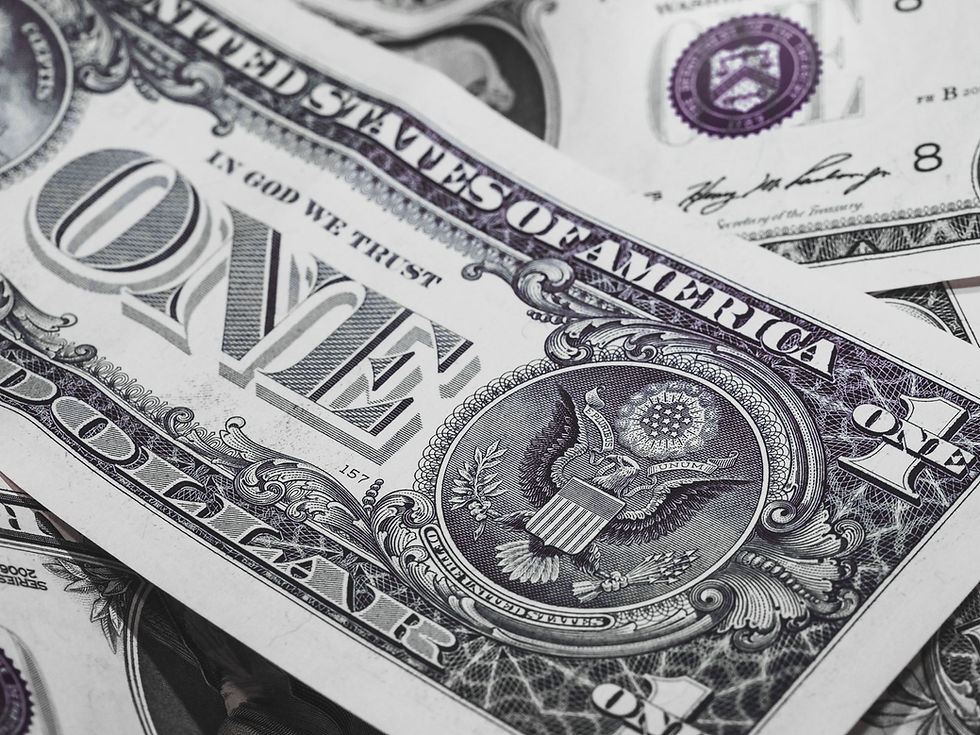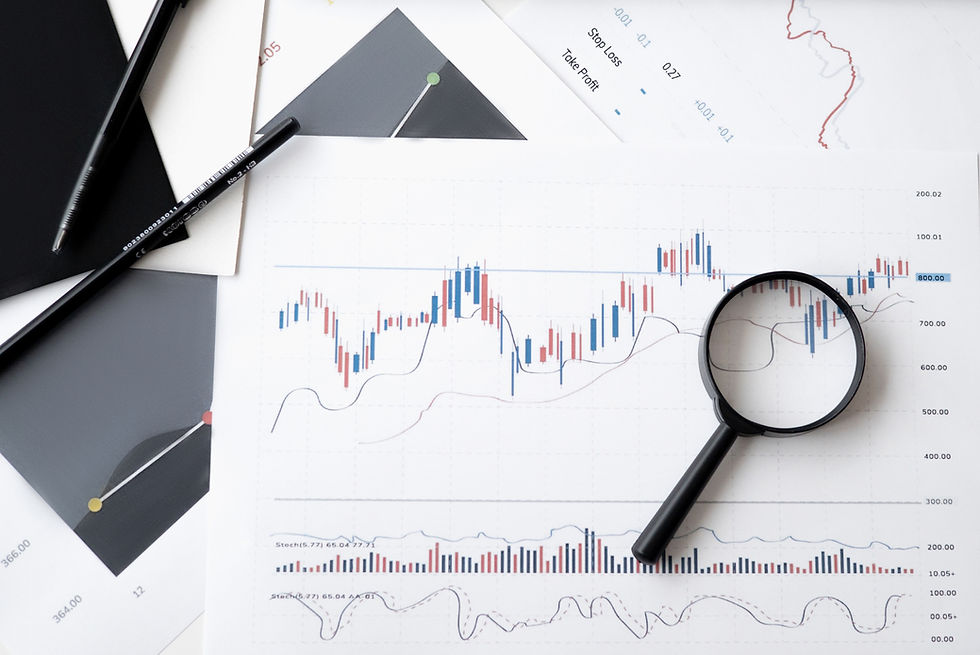The Current State of the Los Angeles Multifamily Real Estate Market
- Ben Habakook
- Dec 19, 2024
- 3 min read
As 2024 winds down and tax season approaches, Los Angeles’ real estate market is entering a period of deceleration. New listings are decreasing in both quantity and price, prompting many participants to take a step back. However, as with any market slowdown, opportunity often lies in the hands of those who can spot it. Investors might find motivated sellers among these listings and benefit from reduced competition with other buyers.
This article provides an overview of the multifamily real estate market in key Los Angeles neighborhoods, focusing on areas where historical trends and current conditions suggest lucrative cash flow opportunities.
Boyle Heights (zip code: 90063, 90033, 90023)
Located east of Downtown, Boyle Heights has been undergoing significant growth and gentrification. New developments are visible throughout the neighborhood, and major streets are being revitalized. With a Gross Rent Multiplier (GRM) that remains low, this area offers a limited-time investment window where both rents and sale prices are rising. Eventually, sale prices will catch up, making investments less attainable. For now, however, Boyle Heights remains a promising option.
The median sale price in Boyle Heights is $820,000 (as of November 2024), making it an attractive choice for first-time investors. With a 30-year mortgage at 7% interest, monthly expenses would be approximately $5,184, requiring a $205,000 down payment. Achieving a 10% return would necessitate a monthly revenue of at least $6,900—feasible with a large duplex featuring 3-4 bedrooms per unit.
Beyond financial metrics, Boyle Heights boasts declining crime rates, rising median incomes, and abundant new development. Its hilly terrain provides stunning city views, adding to its appeal for both residents and investors. By all indicators, Boyle Heights stands out as a high-value area for real estate investment.
Inglewood (zip code: 90301, 90302, 90303, 90304, 90305, 90306, 90307, 90308, 90308, 90309, 90310, 90311, 90312)
Inglewood is experiencing rapid gentrification, fueled by major developments like SoFi Stadium, Hollywood Park Casino, and its proximity to LAX. The upcoming World Cup and Olympics, along with its coastal adjacency, add to the area’s long-term promise.
While the median GRM in Inglewood is gradually declining, both lease and sale prices are climbing rapidly. The neighborhood is dotted with new residential and commercial construction, and median incomes are rising steadily. With a median price per square foot of around $500 and increasing, Inglewood may not offer short-term gains comparable to Boyle Heights, but its potential for long-term growth is significant due to its strategic location and ongoing projects.
Silver Lake – Echo Park (zip code: 90020, 90026, 90027, 90029, 90031, 90039)
Often regarded as a glimpse into Boyle Heights’ future, Silver Lake – Echo Park exemplifies the impact of gentrification. Over the last decade, sale prices have surged, though the rate of increase has begun to slow. Lease prices, on the other hand, have stagnated, causing GRMs to plateau. As the area transitions into a high-income neighborhood, owner-occupiers are driving up property prices, making it harder to achieve lucrative returns.
This neighborhood offers a blend of urban proximity and suburban tranquility. Close to Downtown and Hollywood, Silver Lake – Echo Park retains a quiet, family-friendly atmosphere with hilly streets offering breathtaking views of the city. Small businesses have flourished here, enhancing the community's charm. While deals are harder to come by, the area remains desirable for those looking to invest in an established, gentrified neighborhood.
Parks – Hills – Heights (zip code: 90008, 90016, 90018, 90056, 90043)
This sprawling area encompasses neighborhoods like Ladera Heights, Baldwin Hills, Hyde Park, Leimert Park, and View Park-Windsor Hills, as well as parts of West Adams. Positioned between Inglewood and Culver City, it represents a mix of emerging opportunities and areas not quite ripe for investment.
Crime rates and development levels vary widely across the region. East of Crenshaw Boulevard tends to have higher crime rates, slower income growth, and fewer lucrative opportunities. Conversely, west of Crenshaw boasts lower crime rates, higher median incomes, hillside properties, and proximity to affluent neighborhoods like Culver City and Marina del Rey.
Currently, this area shows early signs of gentrification. Rising median incomes, new construction, and anticipated events like the Olympics may accelerate its growth. However, investors should exercise caution, as the region is still maturing. Monitoring new developments and market trends through early 2025 will provide a clearer investment picture.
Additional Neighborhoods
Other neighborhoods worth investigating include Lincoln Heights, Highland Park, Cypress Park, Glassell Park, and El Sereno. These areas feature low GRMs and plentiful opportunities, though a detailed analysis will have to wait for a future article.
Final Thoughts
The Los Angeles multifamily real estate market is in transition, with opportunities emerging for those who can navigate the evolving landscape. Whether you’re looking for short-term cash flow or long-term appreciation, understanding neighborhood dynamics is key. As we approach 2025, the market slowdown might just be the perfect time to make your next strategic investment.




Comments